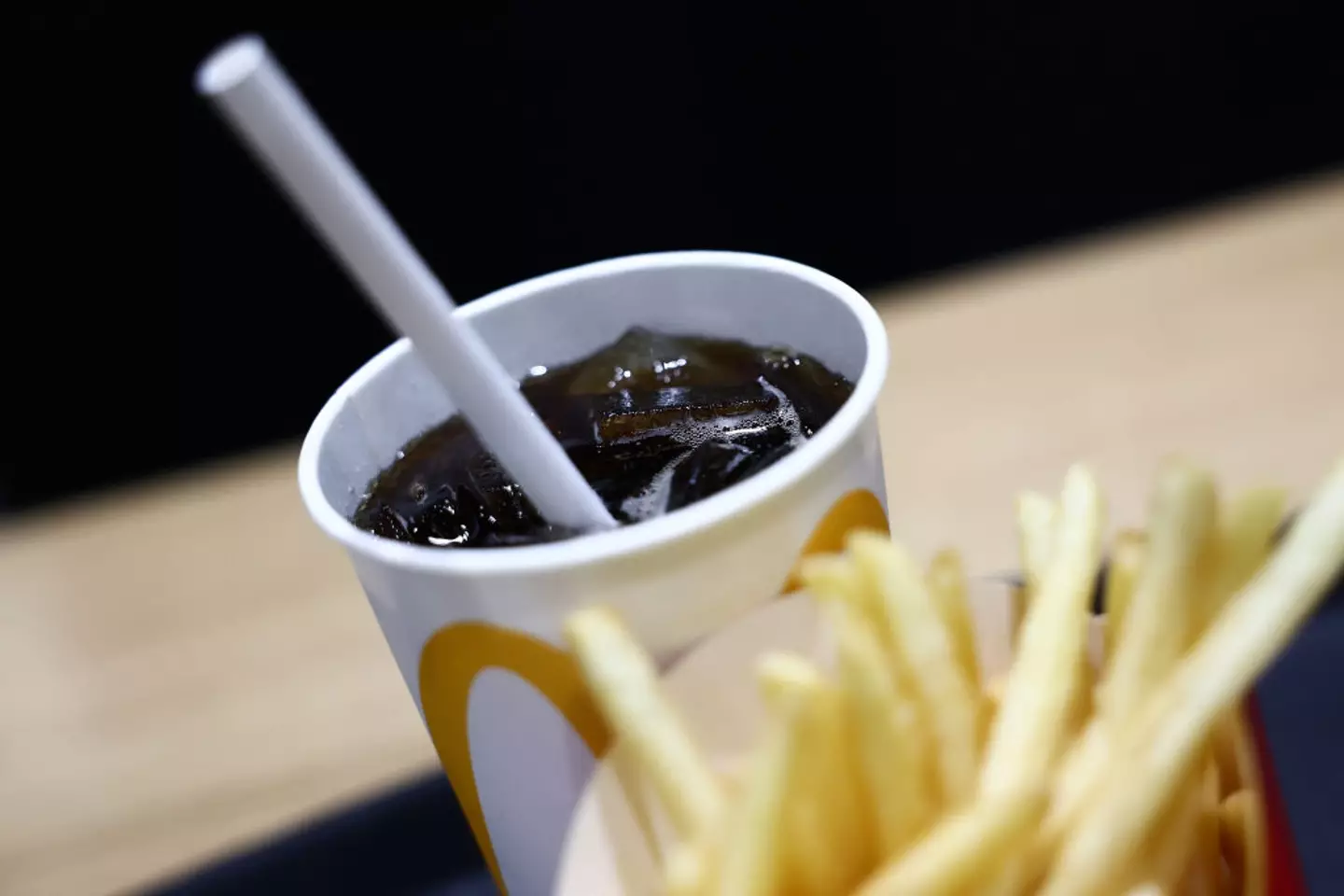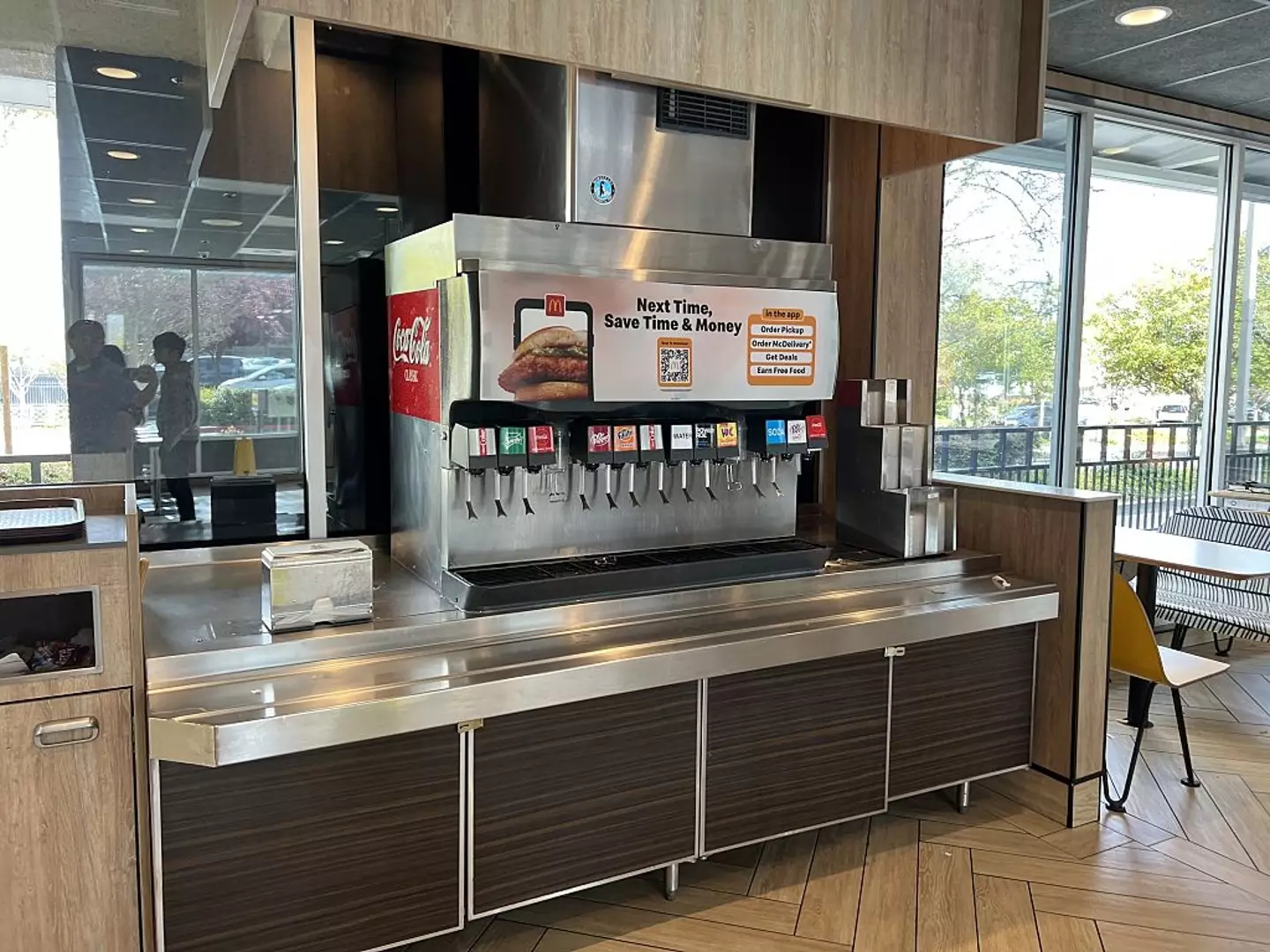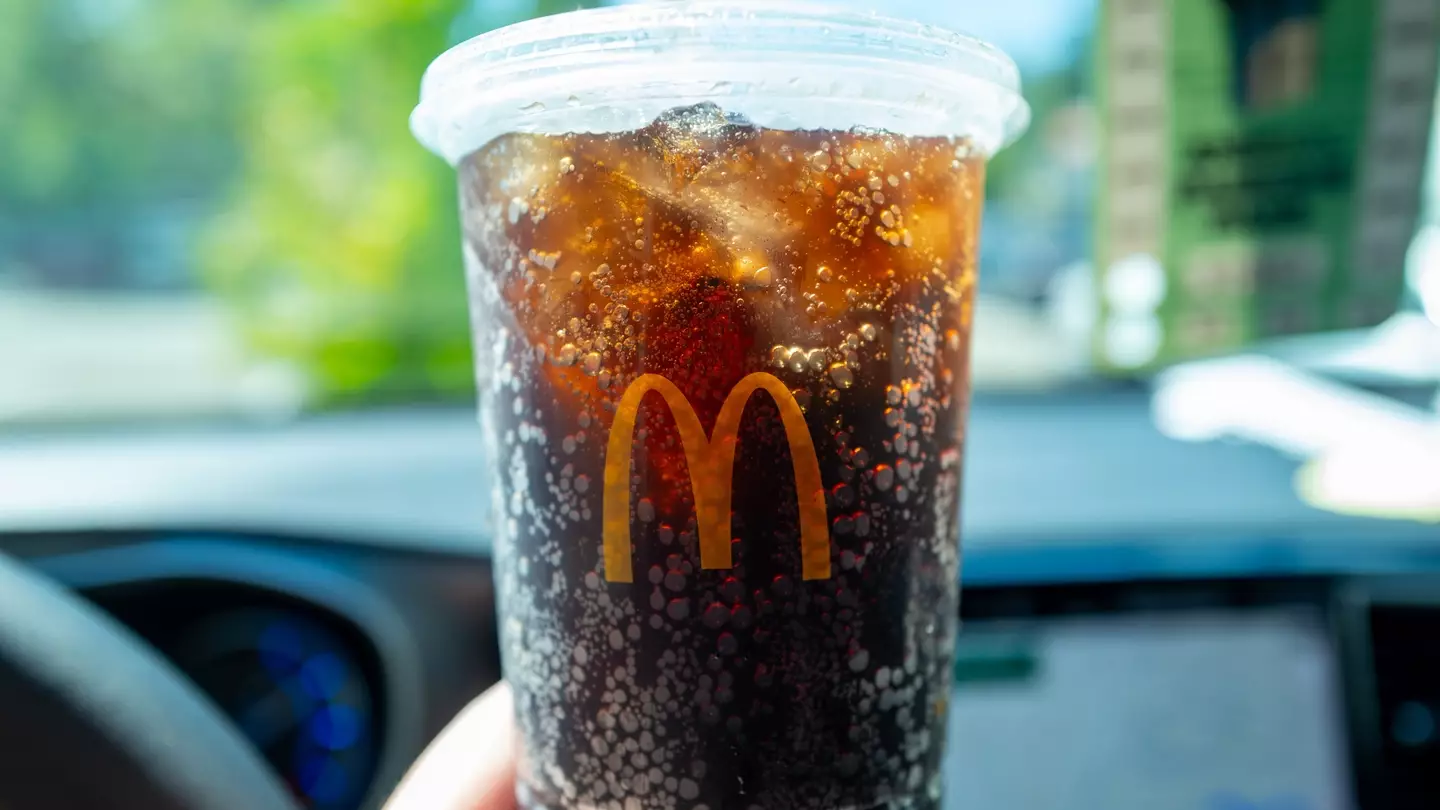At last, science has unveiled the reason why Coca-Cola from McDonald’s seems to taste better than anywhere else.
It’s widely known that Americans have a strong affinity for a chilled Coke. Recent estimates suggest that around 39.3 billion liters of Coca-Cola products have been consumed in the United States this year, with the country being the top consumer globally.
This might not be surprising, especially if you believe that there’s nothing quite as refreshing as a Coke from McDonald’s. If you’ve ever wondered about this, rest assured you’re not the only one.
Enthusiasts claim that the flow from McDonald’s drink dispensers is unmatched—it’s colder, fizzier, and somehow more satisfying, even with the often criticized paper straw.
For years, diners have insisted that McDonald’s has a unique method for making their Coke taste superior.
Now, scientific insights have pinpointed the reasons why this beverage is so appealing to our taste buds.

Huffington Post consulted experts, including engineers, past and present McDonald’s employees, and carbonation specialist Brown University professor Roberto Zenit, to unravel this mystery.
The investigation reveals that McDonald’s special attention to its beverages plays a significant role.
“Every step of the way, McDonald’s goes the extra mile to ensure the best Diet Coke experience.”
“Fundamentally, it comes down to a superior solute (syrup) to solvent (water) mixture to yield the solution (har) that is Diet Coke,” the report elaborates.
Zenit mentioned to the publication that a ‘premium solvent is key’ to their success, which is evident in McDonald’s use of filtered, pre-chilled water.
He explains that this is due to the ‘behavior of bubbles in carbonated drinks being influenced by a physicochemical principle known as Henry’s Law.’
“According to Henry’s Law, the solubility of a gas (in this case, CO2) is directly proportional to its partial pressure and inversely proportional to the temperature of the liquid solvent (the water). Therefore, the colder the water, the more easily the carbon dioxide dissolves in it and maintains its gaseous state,” the report elaborates.

Additionally, the syrup plays a crucial role. Unlike many other establishments that receive cola syrup in plastic bags, McDonald’s opts for delivery via stainless steel tanks.
This method, according to the report, ‘keeps the drink fresher and better-tasting by shielding it from the elements (sunlight, air, oxygen, etc.).’
Moreover, the experts highlighted that the quantity and quality of the syrup matter, with McDonald’s using a higher syrup-to-carbonated water ratio than usual to ‘compensate for dilution due to melting ice.’
Finally, the experience is enhanced by something as simple as the straw.
McDonald’s has openly stated that their straws are wider than standard ones by about 0.02 inches, which seems to significantly impact the drinking experience.
As for the beverage’s appeal, Zenit suggested in his study, The fluid mechanics of bubbly drinks, that it affects more than just our taste buds and may have an impact on our brains.
“A scientific answer has proven elusive. Carbonation, it turns out, triggers the same pain receptors in the deep brain that are activated by tasting spicy food,” he said.
Interestingly, he noted, ‘when carbonated water is offered to other animals, such as mice, dogs, and horses, they generally avoid it.’
It appears that humans are unique in their enjoyment of its ‘mildly irritating effects.’

